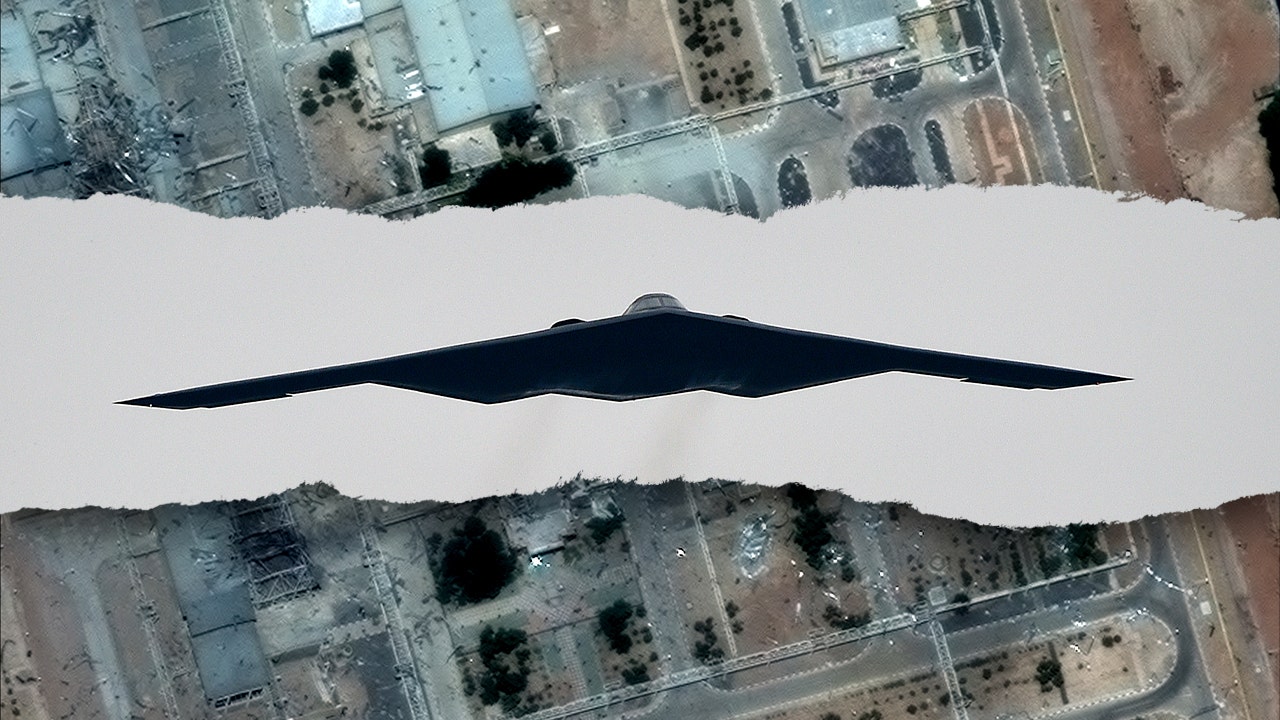Questions linger over the effectiveness of US bunker buster strikes on Iran

The recent military strike carried out by the United States against Iran has raised questions about the effectiveness of the ground-penetrating bombs used to target the country’s key enrichment sites. President Donald Trump has claimed that the strike “completely and totally obliterated” Iran’s nuclear weapon-making capabilities. However, experts are still unsure whether the bombs used were sufficient to prevent Iran from developing a nuclear bomb.
The bombs in question, known as GBU-57 Massive Ordnance Penetrators (MOPs), were used at Iran’s Fordow nuclear facility, which is crucial to the country’s nuclear program. While Trump declared that the facility was “gone” following the strike, a report from the Center for Strategic and International Studies (CSIS) suggests that the MOPs may not have fully destroyed the underground infrastructure at Fordow. Satellite imagery has also not definitively confirmed the extent of the damage to the facility.
Andrea Stricker, Deputy Director at the Foundation for Defense of Democracies, believes that the shock wave produced by the MOPs would likely render the centrifuges at Fordow damaged or inoperable. Centrifuges are delicate instruments, and the impact from the bombs would likely put them out of commission. Even if some centrifuges survived, they may be inaccessible for several months.
In addition to Fordow, MOPs were also used at Iran’s Natanz enrichment facility, where at least 1,000 centrifuges are located. Stricker notes that the significant damage caused to Natanz will create a bottleneck in Iran’s supply chain for weapons-grade uranium, impacting the country’s ability to produce nuclear weapons. Similarly, the Isfahan nuclear facility was targeted with Tomahawk cruise missiles, causing significant damage to the above-ground facilities.
One major concern is whether Iran was able to move its nuclear materials from the targeted sites before the strikes. Even if they did, the chaos caused by the attacks would make it difficult for Iran to quickly develop a nuclear weapon. Moving nuclear assets to new facilities would degrade Iran’s immediate ability to sprint to a bomb, and concealing their new locations would make follow-on strikes challenging.
Despite concerns about Iran’s nuclear ambitions, experts believe that the country’s ability to develop a nuclear weapon has been significantly hindered by the recent strikes. Israel’s previous airstrikes have also damaged Iran’s nuclear infrastructure and supply chain. While there is still uncertainty about the full extent of the damage caused by the strikes, the immediate threat of Iran developing a nuclear weapon has been reduced.
The International Atomic Energy Agency (IAEA) has requested immediate access to the targeted Iranian nuclear sites to assess the damage. The success of the weekend strike on Iran’s nuclear facilities will require further investigation to determine the long-term impact on Iran’s nuclear program.




